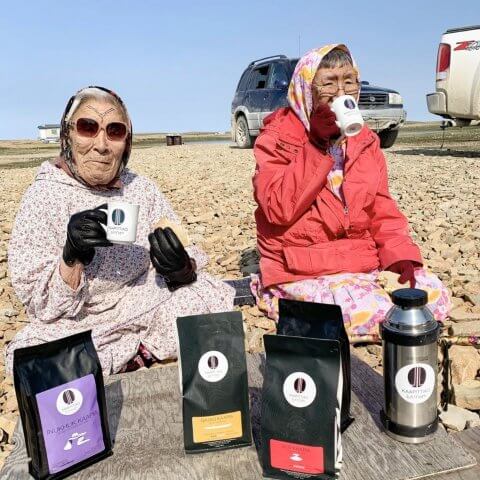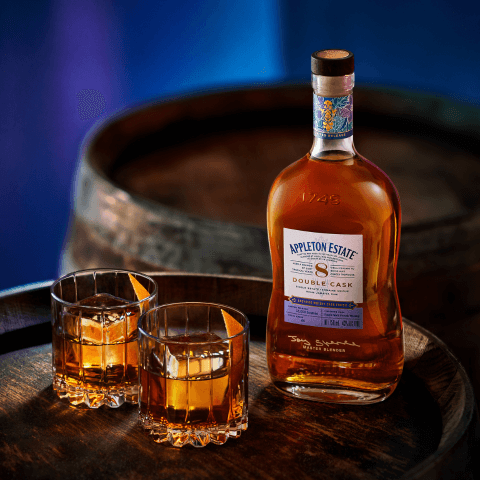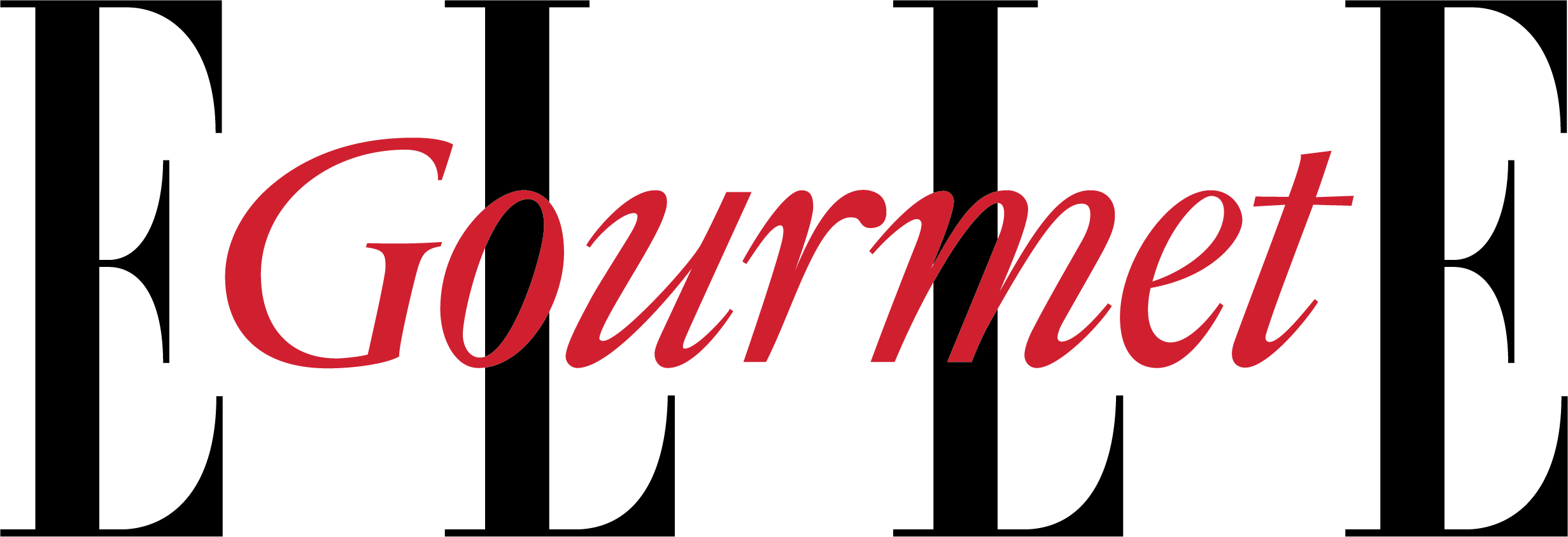Luxe, celebratory and now even competing with wine at the dinner table, there’s a reason Champagne is regarded as the festive drink par excellence, no matter what the occasion. But the rising bubbles bring just as many questions with it: What’s the best way to serve it? What dishes should it be paired with? So we reached out to Serge Dubs – who was crowned Best Sommelier of France in 1983, of Europe in 1988 and of the World in 1989 – to find out everything we need to know about enjoying Champagne any time.
Is it necessary to chill Champagne before drinking it?
“Yes, of course!” says Dubs. “We recommend serving it at 10°C, but I personally prefer it cooler, at 6°C, when it clicks on the tongue, and even a little cooler in the summer.”
Can you put a bottle of Champagne in the freezer for just a few minutes to chill it?
If you ask Dubs, it’s a resounding no. “Champagne is an exceptional and sensitive product that must be respected,” he says. The too-low temperatures in a freezer will kill the bubbles and cause the drink to lose its delicacy and finesse. Instead, to chill a bottle, place it in the fridge or in an ice bucket.
If you’re serving champagne with a meal, should you switch it up with every dish, or is it okay to keep to the same bottle?
Dubs doesn’t see a problem with sticking to the same Champagne throughout a meal. It is the Champagne – or, more broadly, the wine – that highlights a dish, according to the pro. With that in mind, you should be building and adapting your menu around the selected Champagne to really take in its quality.
Can you drink Champagne with red meat or cheese?
“Champagne offers a variety of different styles, which is why it can be quite possible to drink a predominantly Pinot Noir Champagne with partridge or pheasant, and a blanc de blanc with fish, lobster or white meat,” says Dubs. Remember, there are no rules, and one bottle of Champagne can pair nicely with many different dishes. Just take the time to do some research before you settle on your party menu.
How do you choose between a dry, brut or demi-sec Champagne?
Dubs recommends always going for a brut – unless you don’t like Champagnes that are too young – and reserving the softer, rounder demi-sec and dry Champagnes for dessert courses.

What is the biggest mistake you can make when serving Champagne?
This is an easy one for Dubs: never, ever serve Champagne over ice cubes.
Is it true that dust makes Champagne bubbles more visible or prominent?
As Dubs explains it, Champagne glasses are designed with intentional imperfections – tiny rough patches that are invisible to the naked eye. When the gas in Champagne comes into contact with these spots – a.k.a. “nucleation sites,” bubbles arise and become visible. Dust can also act as a nucleation site, but Dubs obviously recommends making sure your glassware is clean before using it. Something else to remember? A Champagne’s spark does not necessarily determine its quality.
What is the better glass for drinking Champagne: a coupe or flute?
“A flute, of course!” says Dubs. “The coupe had its heyday 40 years ago, but the flute is much better for tasting.” And don’t forget to hold your flute by its foot to avoid inadvertently heating up the Champagne in your glass with your hands.
















